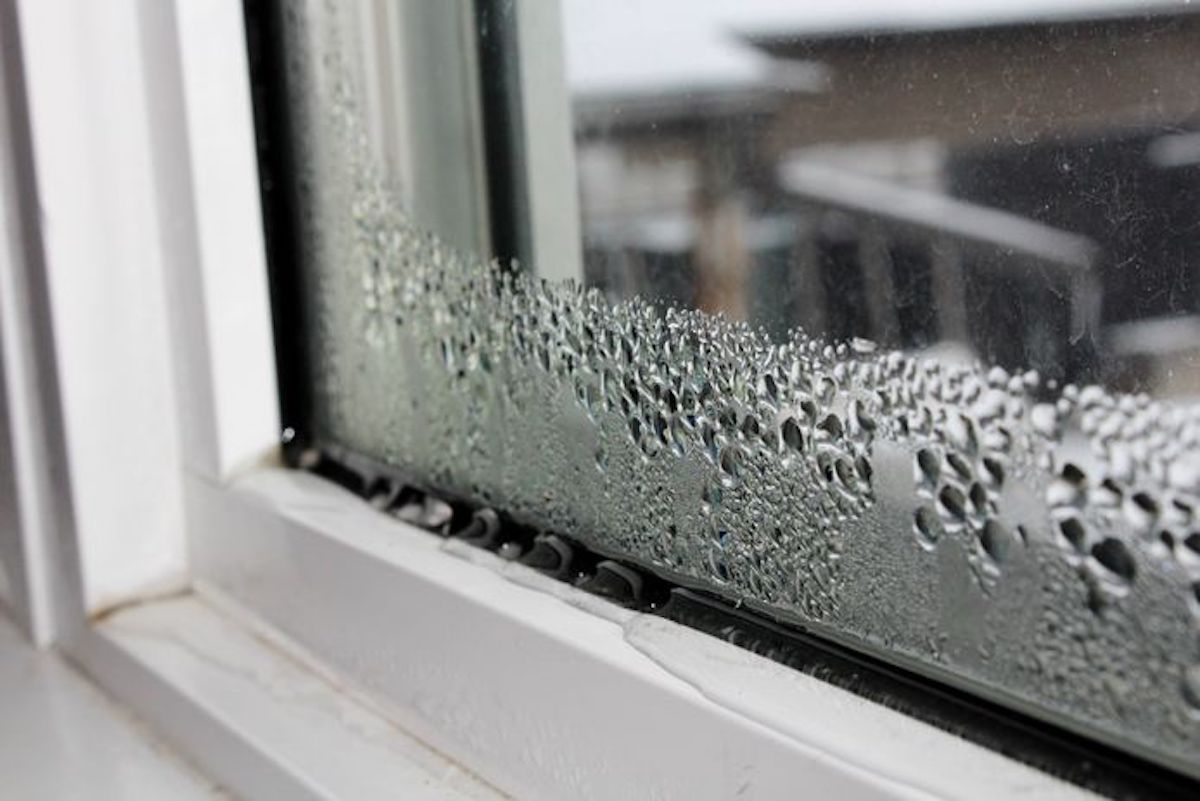Mold and condensation on windows can occur in many different ways, such as poor ventilation, moisture problems, or temperature differences. If not addressed in time, it can not only ruin the appearance of your home but also have adverse effects on your health. Mold can cause allergic reactions and respiratory irritations, leading to symptoms such as tightness in the chest and coughing. To prevent this, it’s important to act quickly and remove the mold and condensation on your windows. But how do mold and condensation actually occur? And what are the best ways to prevent them? Read on to discover the best tips.

The formation of mold and condensation
Mold and condensation are two common problems in homes and often go hand in hand. Mold grows when there are humid conditions in an environment with little ventilation. This can happen, for example, in a bathroom that is not properly ventilated after showering. Mold thrives in damp conditions and can spread quickly if left untreated.
Condensation occurs when humid air comes into contact with colder surfaces, such as windows, walls, and ceilings. This often happens in winter when the temperature outside is lower than inside and there is humid air indoors. Condensation can also occur in rooms with poor ventilation, such as a basement or an unused room. If condensation is not detected and treated in time, it can lead to mold growth. The humid conditions that cause mold can be exacerbated by condensation. Therefore, it is important to prevent and reduce condensation by properly ventilating and removing humid air.
Read on to the next page to discover how to prevent this!
